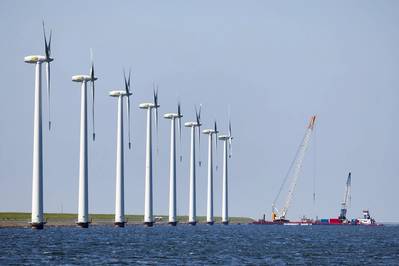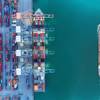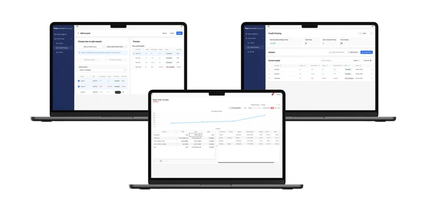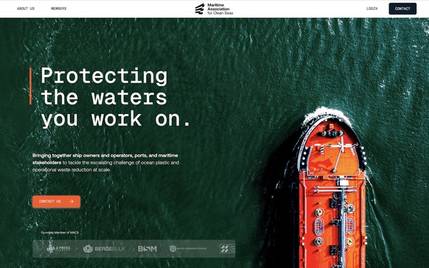Marine Salvage and Wind Farms
Marine salvage is a risky business financially and physically and is governed by complex legal systems, frameworks, and conventions. Over the past two decades the industry has contracted and has consolidated in response to changes which have meant there are fewer marine casualties. That has not been easy for commercial salvors - the members of the International Salvage Union - but improvements in maritime safety that prevent loss of life, loss of property, and damage to the environment are to be welcomed.
Professional commercial salvors are often the only agency available to respond to marine casualty. In some parts of the world there is some state provision through contracted emergency towing vessels - ETVs - which are stationed in strategic locations and kept at readiness to intervene if necessary.
It is sometimes forgotten that the most important matter when dealing with a casualty is saving life and salvors have a proud track record of making interventions which have, over the decades, saved hundreds of lives. Many years ago, the next most important priority was saving property – the value in the hull and its machinery and the cargo carried. That remains at the heart of the salvage industry but protecting the environment is now more important than ever.
And there is another priority, which is to keep ports open and trade flowing. There have been a number of cases in recent years in which large containerships experienced incidents and became casualties either on the way in or out of major ports. Last year saw the case of the Dali and the Key Bridge at Baltimore where salvors worked to remove the bridge debris and then refloated the ship. In all these cases there was the very strong possibility of very lengthy blockages to key ports and waterways, trapping possibly billions of dollars of outbound cargo and requiring re-routing of the huge volumes of inbound cargo.
One area that is of increasing interest is the need to protect offshore wind installations and to be able to respond to incidents within and near to wind farms.
In the global drive for carbon reduction and an increase in the need for provision of renewable energy there has been a dramatic increase in the number of installations globally. The current politics means installations may have stalled in certain geographies and the economics of offshore wind is somewhat uncertain but the overall trend will surely be to see more and more installations in the years ahead. Currently there are some 150 Gigawatts installed in the US and worldwide, but that is set to rise to 500 Gigawatts by 2035.
And it is often the case that installations are close to major shipping routes, particularly in crowded areas like the North Sea. It means that the threat of a casualty vessel interfering with turbines, monopiles, jackets, inter-array cables, export cables, installations, and sub-stations cannot be discounted and indeed is taken seriously already.
The Netherlands for example already contracts with a commercial operator to provide ETVs with a specific brief to be ready to intervene to protect designated wind farms off the Dutch coast.
And there have already been serious incidents. One case was in 2022 when ISU members Multraship and Smit Salvage acted as co-contractors to successfully salvage the adrift and abandoned bulk carrier JULIETTA D in the North Sea off the Dutch coast. The bulker went adrift when the anchor chain broke and collided with another vessel and then drifted through the wind farm Hollandse Kust and hit a recently installed offshore wind platform.
Salvors were winched aboard from a helicopter and were able to connect to a seagoing tug and the casualty was towed out to the open sea before later being brought safely to port.
The incident serves as a very real demonstration of the potential for damaging incidents and it does not take a stretch of the imagination to consider the possible consequences if the salvors had not secured a towing connection and the vessel was left adrift in bad weather among the turbines and associated infrastructure.
In another incident, in 2023, the cargo vessel Petra L struck a wind turbine off the north German coast and was badly damaged.
An additional consideration is that helicopter operations can be constrained within offshore wind installations due to the additional hazards. No helicopter operation in a casualty situation is simple but the additional concern and danger presented by the shafts and turbine blades is a consideration for handling a casualty within the area of a renewable energy installation.
Other operational challenges for the salvage industry include responding to lithium ion battery fires particularly on car carriers and RoRos as well as container ship fires which are a major concern for both salvors and insurers and work is underway at IMO to try to make progress on ship design and operations so that fires can be contained and dealt with more easily. The increasing size of vessels in many classes is also a concern.
As long as there is maritime trade there will be a need for salvage services. Shipping has become much safer and the number of incidents has declined but at the same time the scope for larger more complicated incidents has increased and we have seen this in reality.
The need for professional salvors around the world will not cease and they must be supported so that they can invest and prepare and have access to experienced and talented people to deliver what are often dangerous services in multiple fields and now increasingly in the context of offshore wind.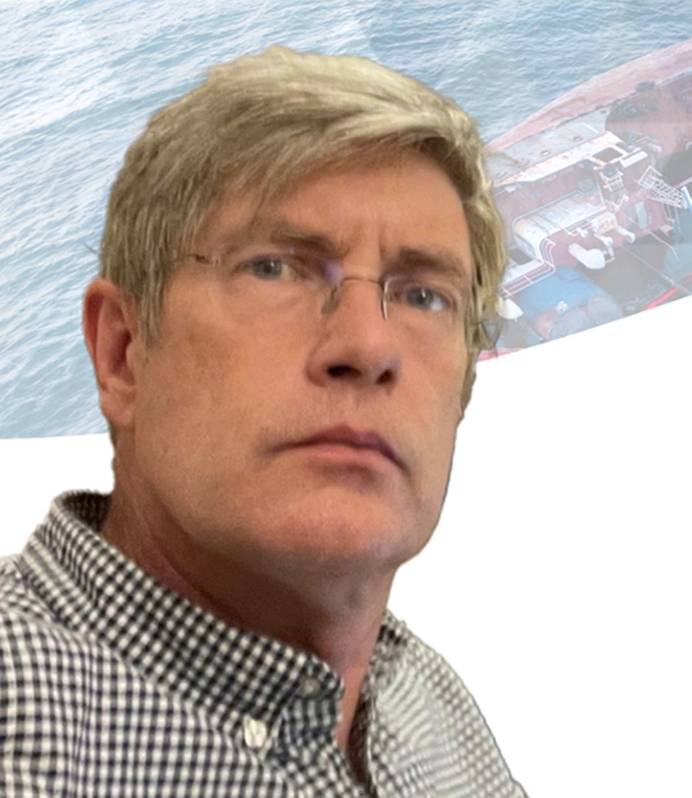 About the Author: James Herbert became Secretary General of ISU in 2022, following 14 years as ISU communications adviser, a role he continues to hold. A former British Army officer, BBC journalist, and corporate media relations head, James also ran his own communications consultancy with a specialty in maritime PR and marine casualty management. He has responded to more than 400 incidents and issues and is a published author on communications in marine casualty. James Herbert became Secretary General of ISU in 2022, following 14 years as ISU communications adviser, a role he continues to hold. A former British Army officer, BBC journalist, and corporate media relations head, James also ran his own communications consultancy with a specialty in maritime PR and marine casualty management. He has responded to more than 400 incidents and issues and is a published author on communications in marine casualty.
About the Author: James Herbert became Secretary General of ISU in 2022, following 14 years as ISU communications adviser, a role he continues to hold. A former British Army officer, BBC journalist, and corporate media relations head, James also ran his own communications consultancy with a specialty in maritime PR and marine casualty management. He has responded to more than 400 incidents and issues and is a published author on communications in marine casualty. James Herbert became Secretary General of ISU in 2022, following 14 years as ISU communications adviser, a role he continues to hold. A former British Army officer, BBC journalist, and corporate media relations head, James also ran his own communications consultancy with a specialty in maritime PR and marine casualty management. He has responded to more than 400 incidents and issues and is a published author on communications in marine casualty.



